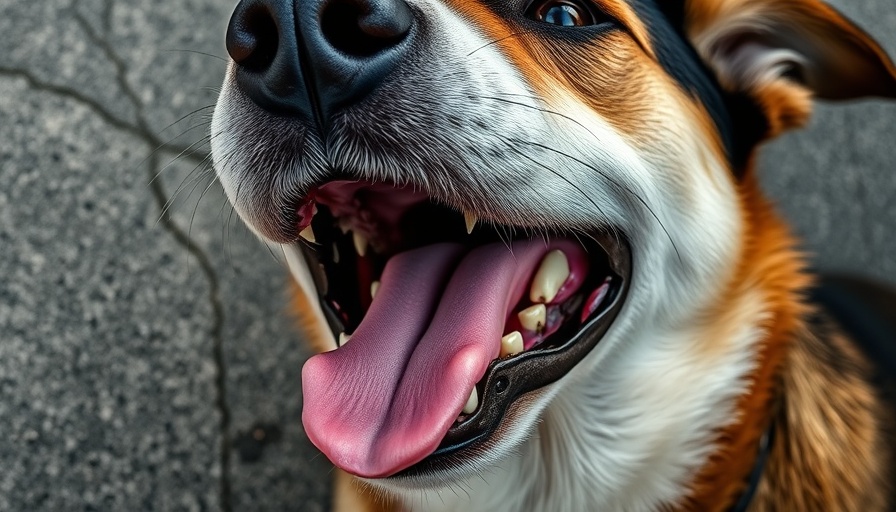
Unlocking the Secrets of a Healthier Cat
If you’re a devoted cat parent, you’ve likely pondered ways to enhance your kitty’s well-being. One of the most delightful and effective strategies is to grow a mini herb garden right at home. But, do you really know the profound impact that feline-friendly herbs can have on your furry friend? Beyond mere enjoyment, these plants can serve as natural remedies that contribute to a healthier, happier life for your cat. With the right approach, even the most garden-challenged individuals can cultivate these beneficial plants.
Feline-Friendly Herbs That Promote Health
Among the myriad of herbs you can grow, certain ones stand out for their health benefits. Catnip is perhaps the most famous herb beloved by cats, inducing playful behavior and relaxation.
But don’t stop there! Consider cat thyme (Teucrium marum). Despite its misleading name, this plant isn’t related to traditional thyme. It is a perennial favorite for cats and may create similar euphoric experiences just like catnip. If you’re growing it outdoors, you might even attract neighborhood cats who will nibble on it!
Benefits of Dandelion Root and Cat’s Claw
Next on your list should be dandelion root and cat’s claw—both of which can alleviate common feline ailments. Dandelion root is beneficial for digestion and aids in liver detoxification. The solution can be prepared easily at home and is a health-boosting addition to your cat's diet. Simply rinse, dry, and prepare the roots for use.
As for cat’s claw, this herb is praised for its immune-modulating properties. When brewed into a tea and combined with savory broth, it becomes a delicious and nutritious potion for your kitty.
Easy to Grow: Not Just for Green Thumbs
Many of us mistake gardening for an endeavor reserved for those with a green thumb. However, these herbs are remarkably easy to maintain. All you need is a sunny windowsill, a bit of soil, and some seeds. Whether indoors or outdoors, these plants take up limited space while offering various health benefits for your furry companions.
How to Cultivate Your Kitty's Herb Garden
To successfully grow an herb garden that your cat will love, start with a few easy-to-grow herbs such as:
- Catnip: Thrives easily and is enjoyed by nearly all cats.
- Cat Thyme: Attracts cats while being somewhat resistant to pests.
- Dandelion: Provides multiple health benefits and is simple to grow.
- Cat's Claw: Can be used in teas to help boost your cat’s immune system.
Follow these easy steps to get started: Choose a pot with good drainage, use quality potting soil, and ensure regular watering without overdoing it. Soon, you’ll be on your way to cultivating a thriving mini herb garden!
Why This Matters for Pet Owners
As pet owners, it’s critical to understand the connection between diet and overall health. Growing your own cat-friendly herbs allows you to control what your pet consumes, steering clear of potential chemicals and pesticides found in store-bought products.
Moreover, engaging with your pet in this way enriches their day-to-day experiences and strengthens your bond. Your cat will not only benefit from the nutritious plants but also enjoy the adventures that come with them. After all, engaging with nature and nurturing living things brings joy not just to cats, but also to their humans.
Health Benefits: Beyond Just Greens
The inclusion of herbs like those mentioned supports digestive health, promotes healthy skin and coats, and can even offer soothing properties for allergies. Take, for instance, goldenseal, which can be a powerful natural disinfectant if your cat sustains minor wounds.
Ultimately, the lessons in herbal gardening extend beyond just getting your hands dirty; you’re absorbing knowledge on nutrition, holistic health, and animal welfare.
Conclusion: Take Action with Your Cat's Health
As you consider launching your herb garden, remember to reflect on the health-enhancing potential that awaits your furry friend. The joys of providing natural, homegrown remedies can profoundly impact your cat's well-being. Embrace the chance to cultivate both your garden and your pet’s happiness today!
 Add Row
Add Row  Add
Add 




Write A Comment